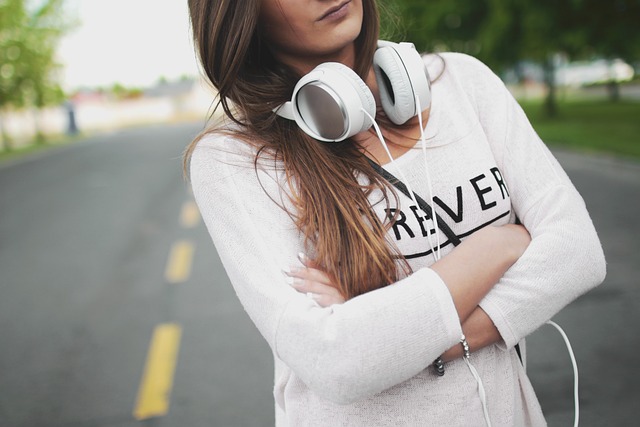Robot vacuums are no longer a novelty – for many households, they’ve become a regular part of cleaning routines. Early models moved in completely random patterns, bumping into walls before changing direction, often cleaning some areas multiple times while leaving others untouched. Thanks to rapid technological advancements, we now have devices capable of precisely mapping and memorizing a home’s layout, navigating along optimized routes, and adapting to changing environments.
In this article, we’ll take a deep dive into how robot vacuums “learn” your home, the technologies behind them, and where this evolution is heading in the coming years.
The evolution of robot vacuums
The concept of a robot vacuum isn’t new. In the 1990s, prototypes already existed, but the real breakthrough came in 2002, when iRobot introduced the first Roomba. It could move autonomously, detect walls, avoid stairs, and return to its charging dock without human help.
Early generations relied on random cleaning patterns: after hitting an obstacle, they would change direction and continue until the battery ran out. It worked to some extent, but efficiency was far from perfect.
Three major innovations revolutionized the field:
-
Advanced sensors (laser, ultrasonic, gyroscopic, infrared)
-
SLAM technology for real-time mapping and localization
-
Artificial intelligence and machine learning to optimize navigation and adapt to user habits
How a robot vacuum “sees” the world
Modern robot vacuums combine multiple types of sensors and technologies to build an accurate picture of their surroundings.
LiDAR – laser-based distance measurement that scans 360 degrees around the robot, detecting walls and furniture with centimeter-level accuracy.
Camera-based navigation – uses image processing algorithms to identify doors, walls, and large objects.
Ultrasonic and infrared sensors – common in budget models, they detect obstacles and measure distances.
Gyroscope and accelerometer – track movement direction and tilt, helping navigation even when visual data is temporarily unavailable.
SLAM – the foundation of mapping
The key to a robot vacuum’s learning process is SLAM (Simultaneous Localization and Mapping), which enables it to determine its position and create a map of its surroundings at the same time.
The process works as follows:
-
Sensing – gathering data from sensors and cameras
-
Feature extraction – identifying walls, corners, and doorways
-
Map updating – integrating new information into the existing map
-
Positioning – pinpointing the robot’s location on the map
Most home robot vacuums use 2D SLAM, but premium models are beginning to adopt 3D mapping.
The first cleaning session and the learning phase
When a new robot vacuum is first started, it operates in exploration mode. The primary goal isn’t cleaning, but mapping the home. It moves more slowly, enters every room, and records fixed elements like walls and large furniture.
After this initial run, the robot can already follow an optimized route. With each subsequent cleaning, the map becomes more refined. Advanced models can store layouts for multiple floors, making them ideal for multi-story houses.
Machine learning in practice
Modern robot vacuums don’t just memorize layouts – they adapt to user habits. They may learn which areas accumulate more dirt (like entryways or kitchens) and clean them more often.
Machine learning algorithms also track when the user tends to run cleaning cycles and suggest optimized schedules. Some high-end models can detect dust levels and automatically increase suction power when necessary.
Adaptive path planning and obstacle avoidance
Adaptive path planning is key to efficient cleaning. If the robot detects an obstacle – for example, a bag placed on a chair – it calculates a new route. Premium models can even recognize the type of object: they navigate differently around fixed furniture versus movable items.
Top-tier devices memorize frequently encountered obstacles and factor them into future cleaning runs automatically.
Real-world examples
iRobot Roomba i7+ – camera-based navigation, intelligent mapping, cleaning schedules that adapt to user habits.
Roborock S8 Pro Ultra – LiDAR sensor, real-time 3D mapping, AI-powered obstacle recognition (cables, shoes, pet waste).
Ecovacs Deebot X1 Omni – combines LiDAR and camera navigation, built-in voice assistant, fully autonomous operation for extended periods.
Security and privacy
Maps of your home and camera images from your robot vacuum can be sensitive data. It’s important that your device uses encrypted data transfer and, where possible, offers offline mapping. Choosing a reputable manufacturer with transparent privacy policies is strongly recommended.
Future trends
In the coming years, robot vacuums are expected to become even smarter. The adoption of 3D SLAM, generative AI-powered route planning, multimodal sensing, and fully autonomous operation will bring us closer to truly hands-free cleaning.
Future robots will not only keep floors spotless but also work seamlessly with other smart home devices, adapting to your lifestyle, saving energy, and keeping your data safe.
Image(s) used in this article are either AI-generated or sourced from royalty-free platforms like Pixabay or Pexels.
Did you enjoy this article? Buy me a coffee!





